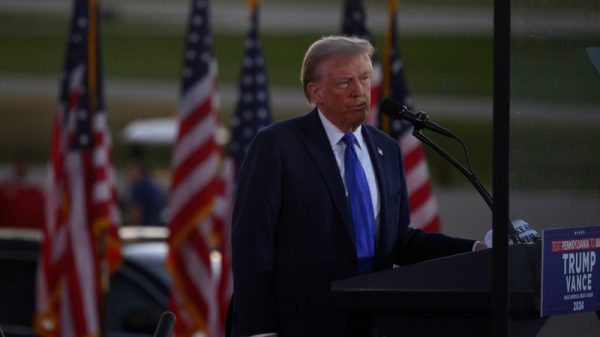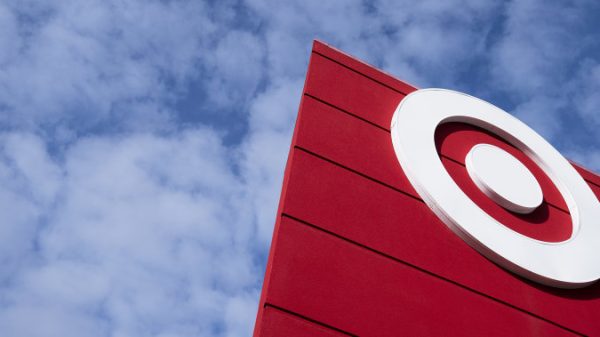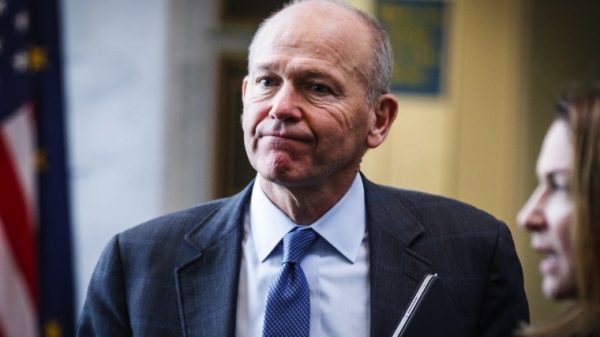 In response to various internet service providers (ISPs) reducing broadband service benefits that were heightened during the pandemic, lawmakers are pushing to revitalize a subsidy program to support low-income individuals. This effort aims to make broadband access more affordable and accessible, which became vital as work, school, healthcare and more moved online during the COVID-19 pandemic.
In response to various internet service providers (ISPs) reducing broadband service benefits that were heightened during the pandemic, lawmakers are pushing to revitalize a subsidy program to support low-income individuals. This effort aims to make broadband access more affordable and accessible, which became vital as work, school, healthcare and more moved online during the COVID-19 pandemic.
The subsidy program, known as Emergency Broadband Benefit (EBB), was launched in 2021 to offer $50 off the monthly internet bill for qualified low-income households, and $75 off for those on tribal lands. The program, however, is temporary and is expected to end once its $3.2 billion fund is exhausted. As such, lawmakers, consumer advocates and broadband providers are pressing to revive the program or make it permanent with the Affordable Connectivity Program.
These subsidies are especially important now that ISPs have begun to cut back on pandemic-related benefits. For example, Comcast is set to increase rates and AT&T has discontinued a generous discount program for many eligible families.
Ensuring affordable broadband access for all has been a significant concern for policymakers due to the increased dependency on the internet for many activities, such as remote learning, telehealth services, and remote work. As such, making the broadband subsidy program permanent would be a significant step in closing the digital divide, especially amongst low-income individuals and families.





























